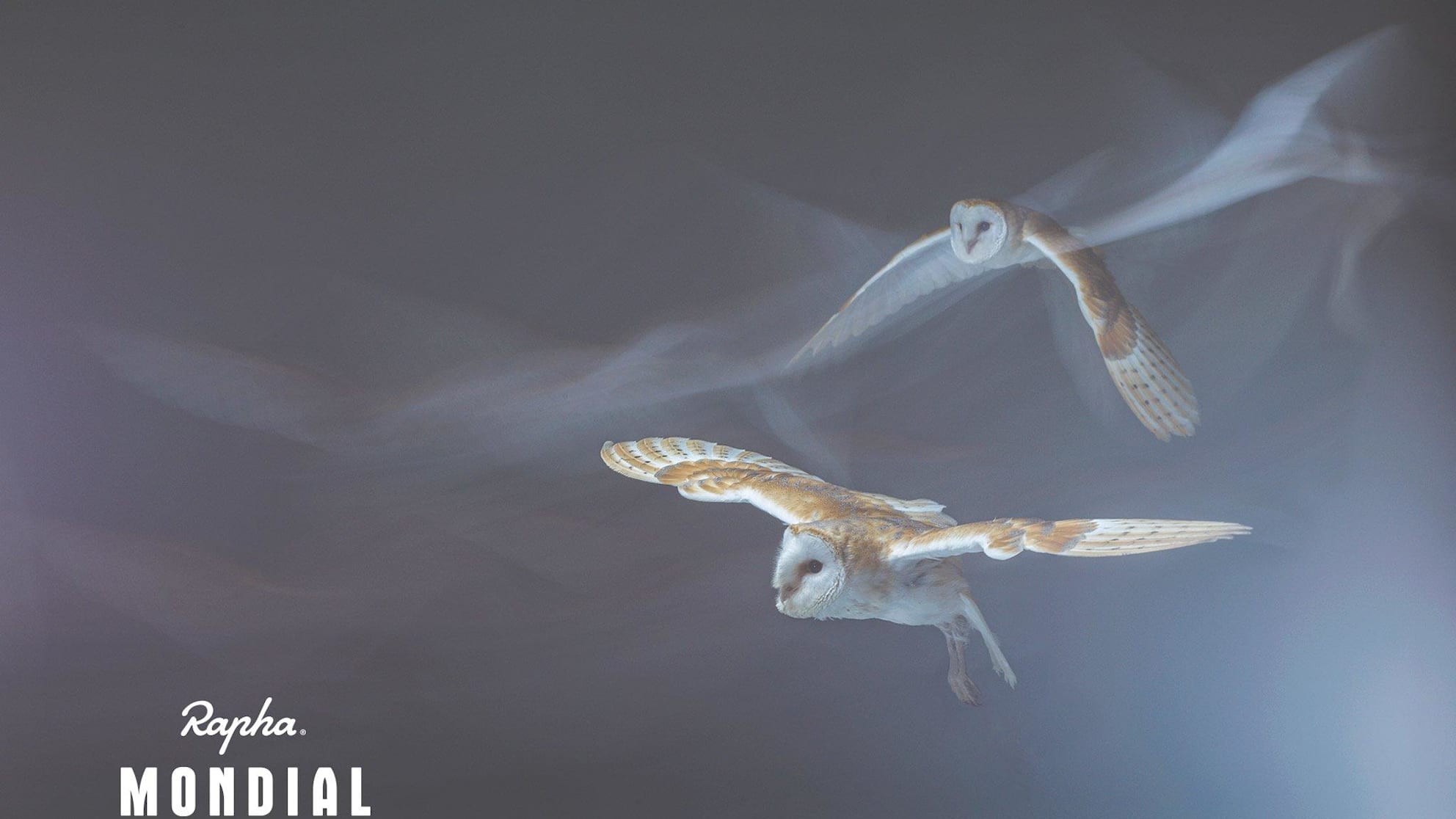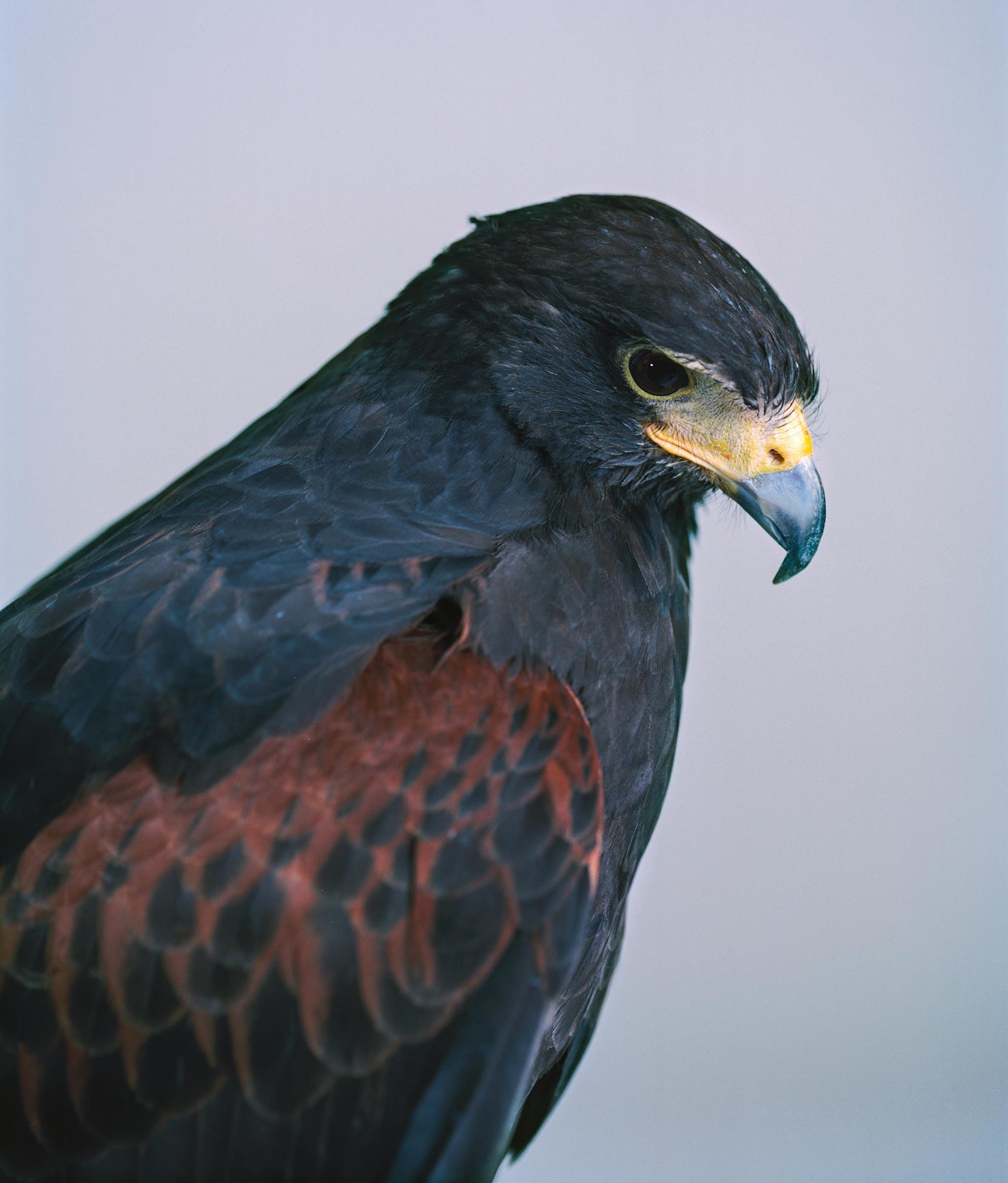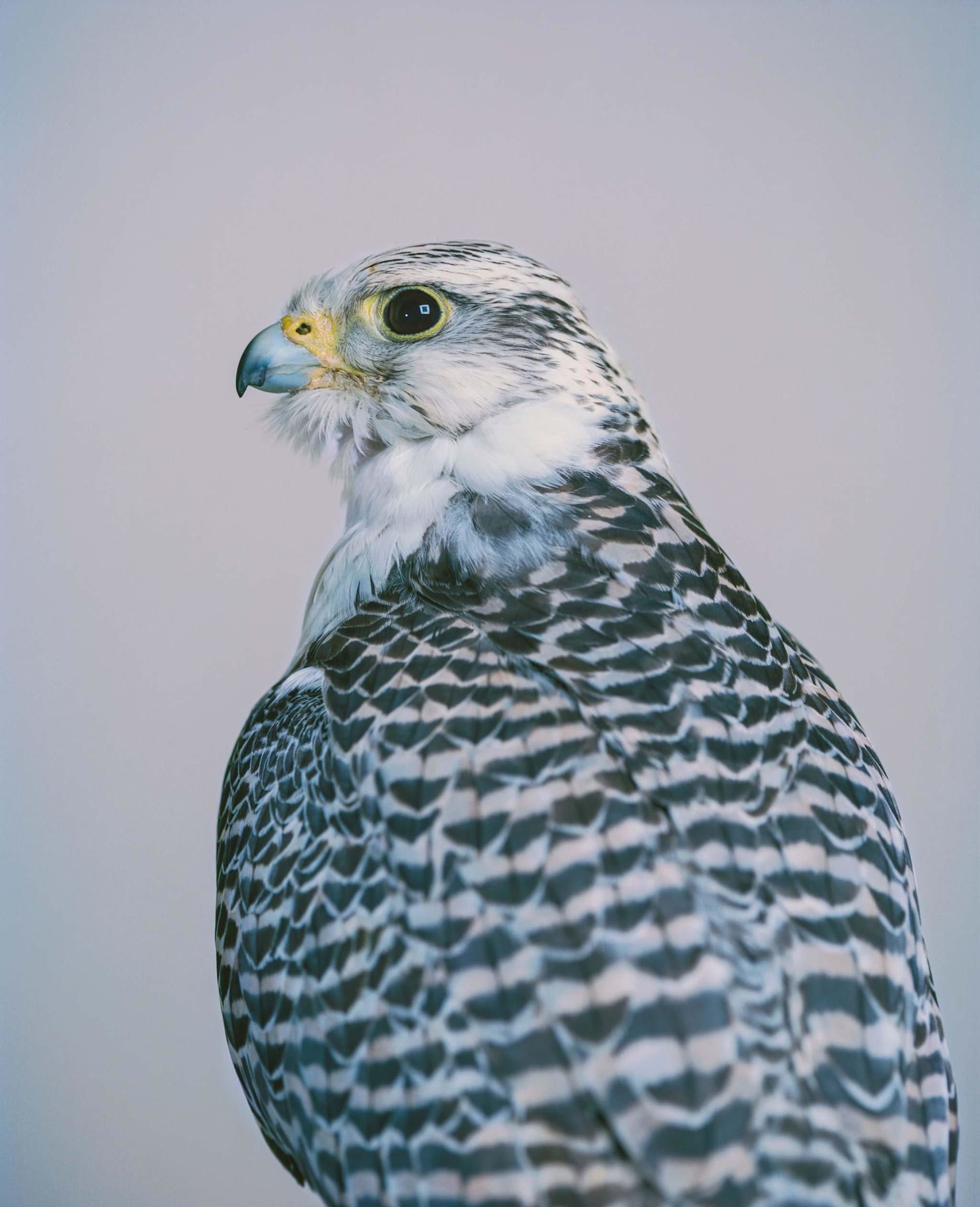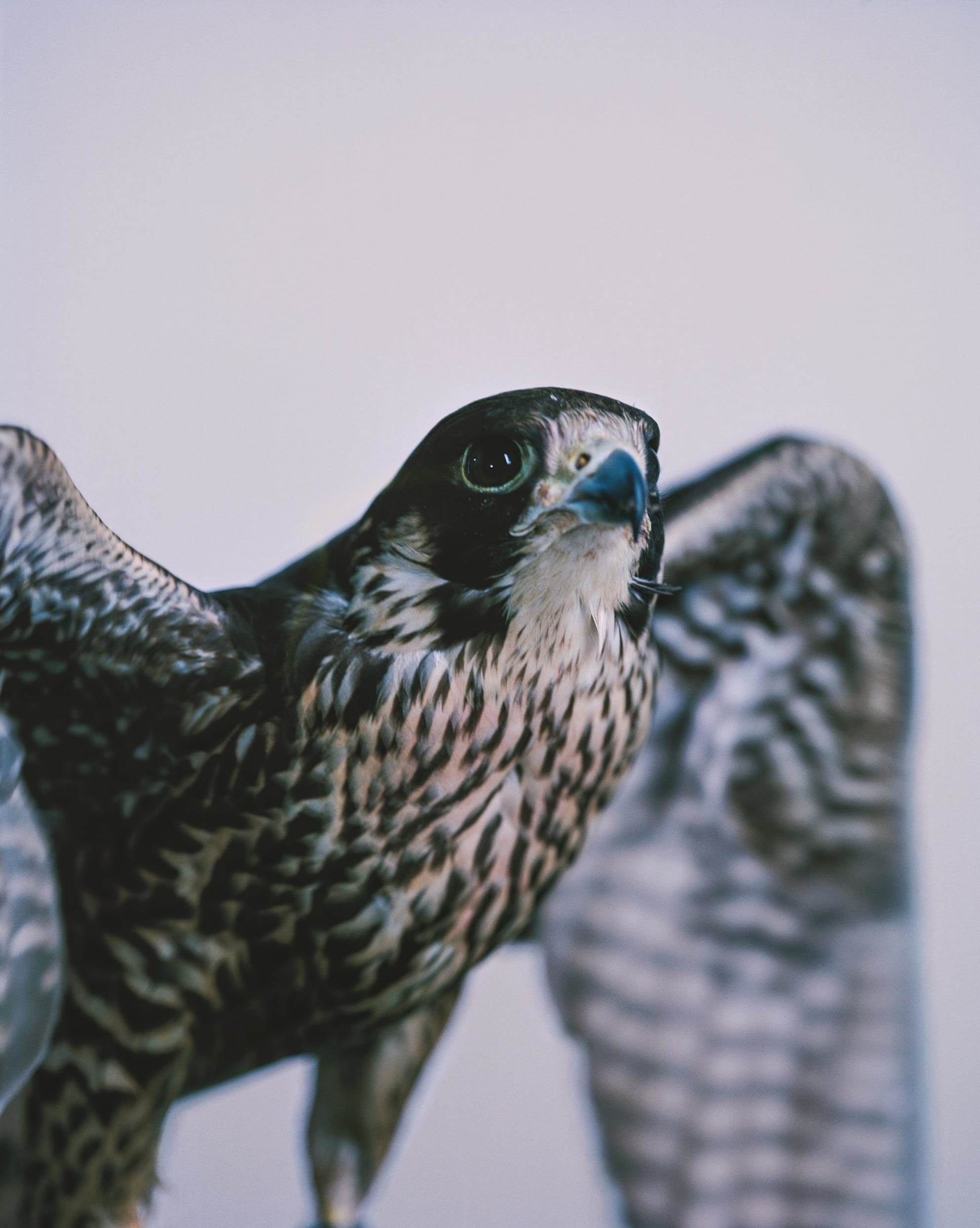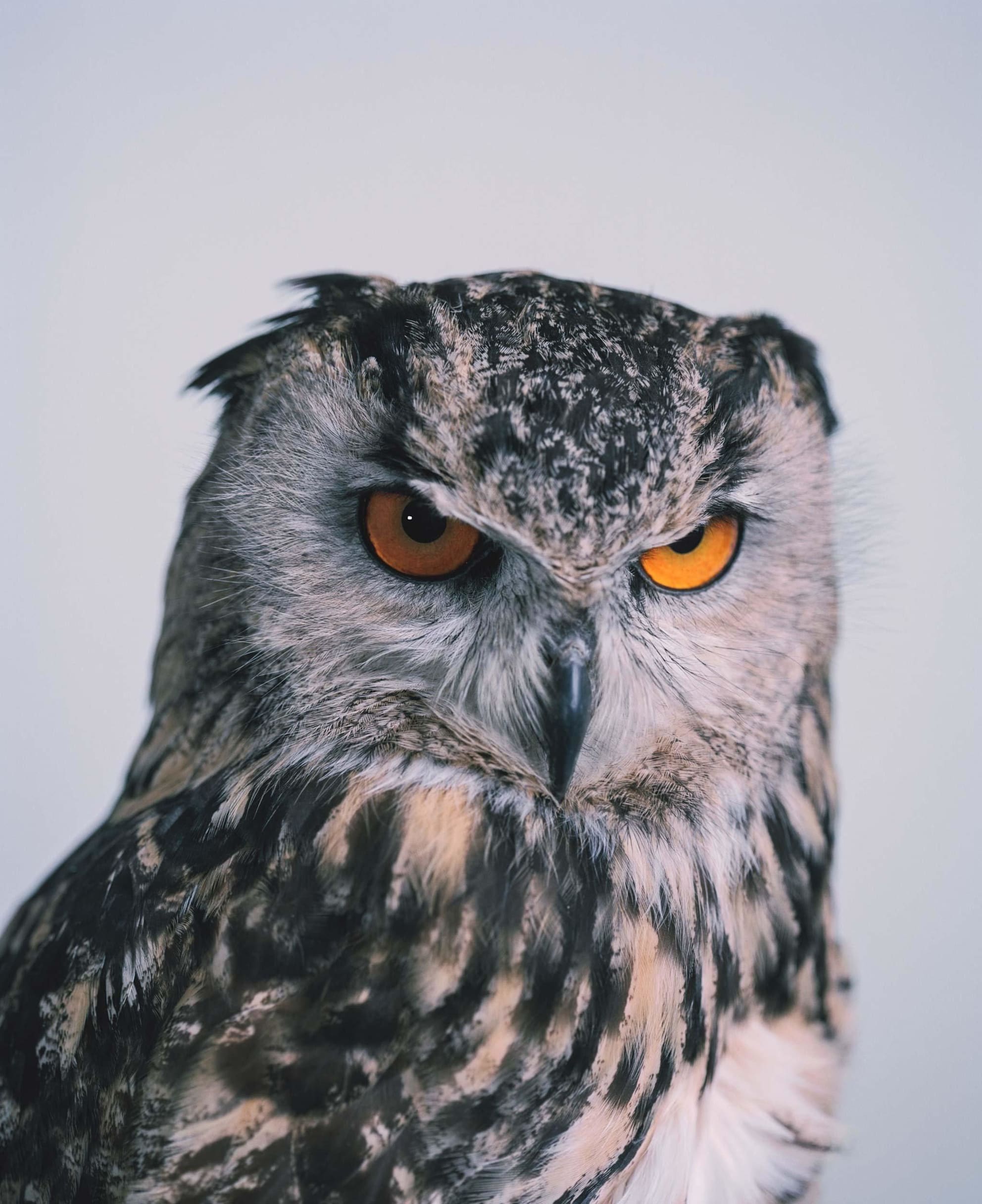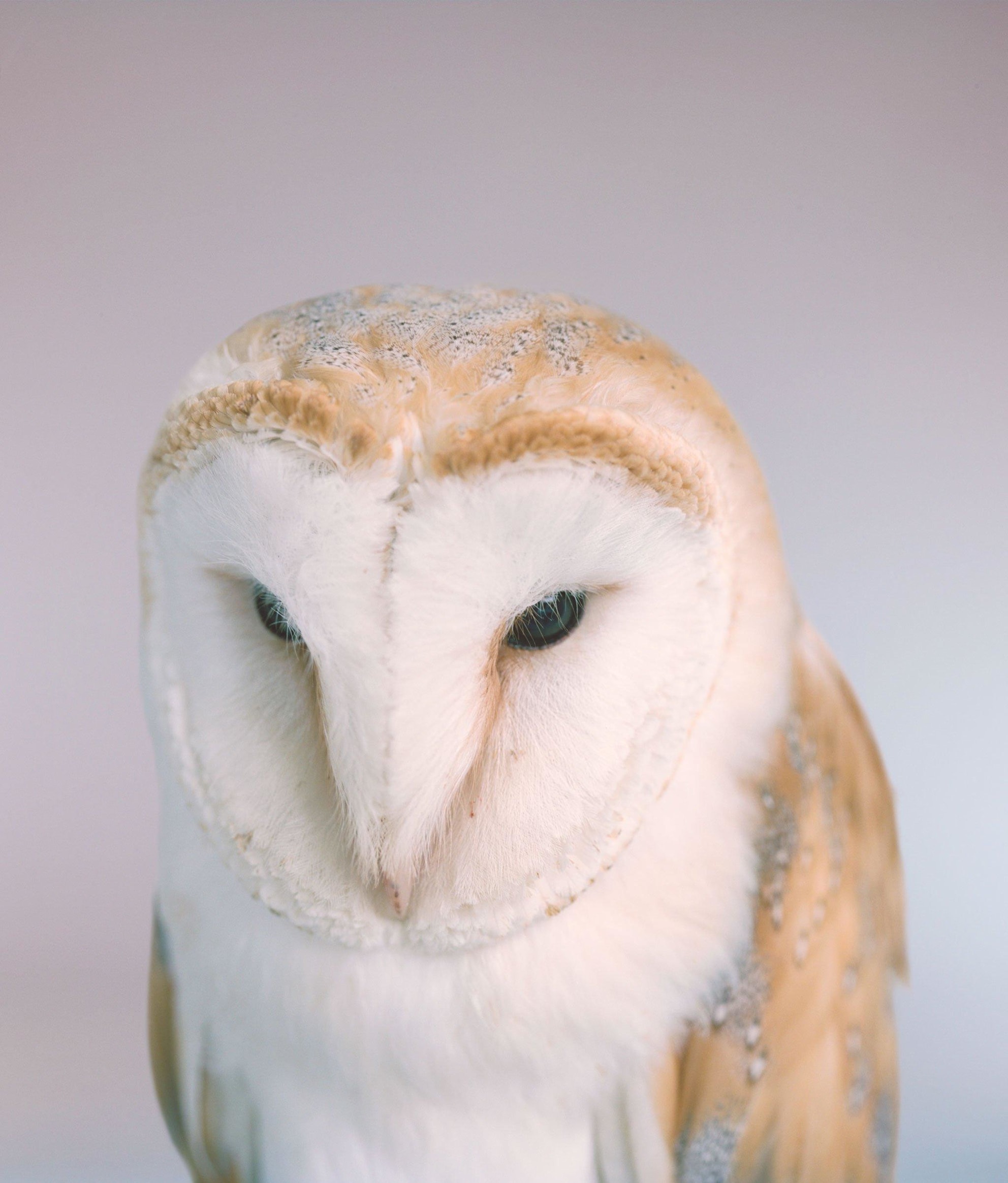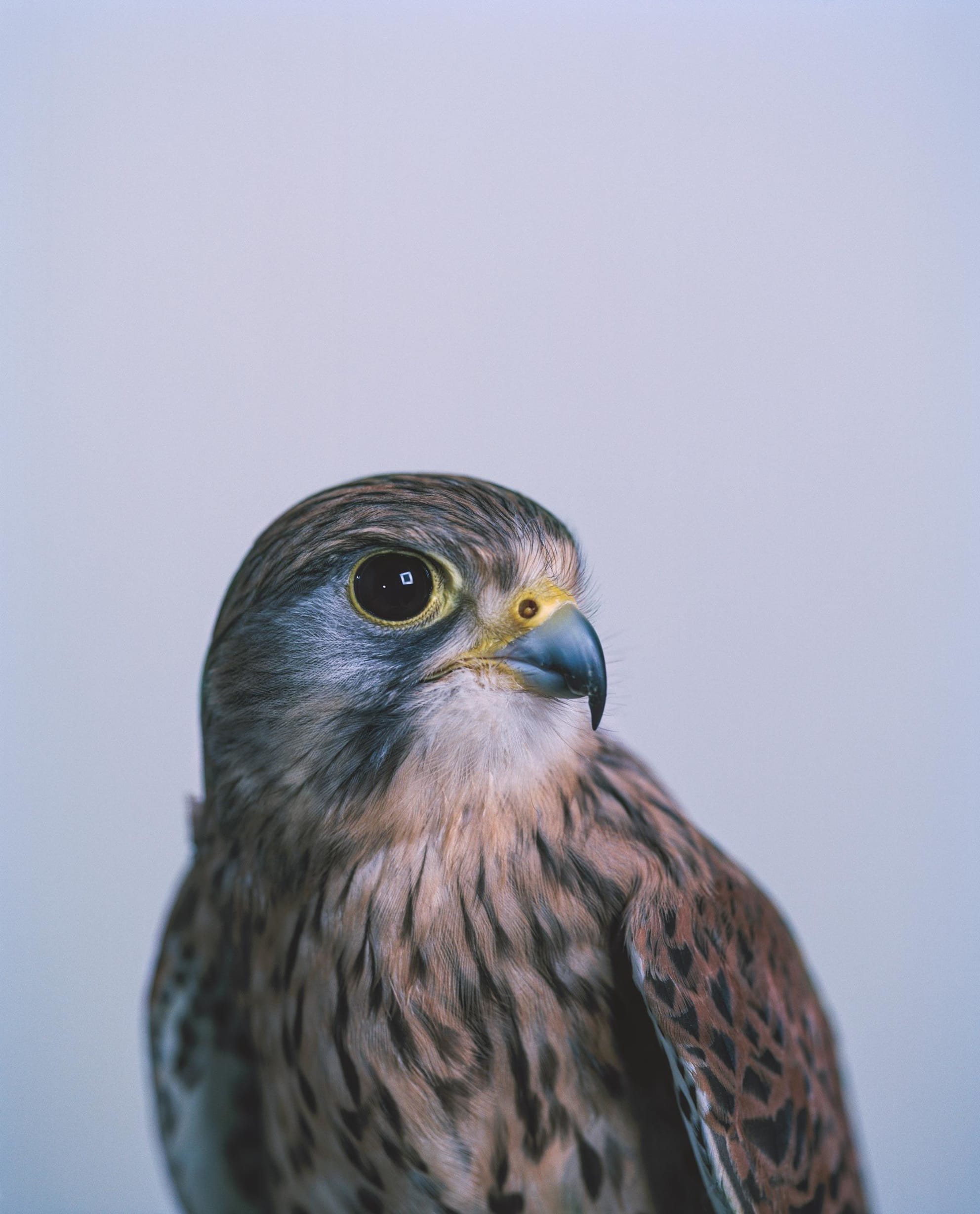A peregrine falcon smashes through a terrified flock of plovers; a goshawk goes undercover along a tree line and ambushes a feeding blackbird; a tawny owl lowers its feathered talons towards a shrew in the dead of night… Wildlife drama is never more explicit and it would be strange, unnatural even, were we not in awe of raptors. Diurnal and nocturnal birds of prey (eagles, hawks and falcons in the daytime, owls at night) are among the most widely recognised of the planet’s 10,000 species of birds. Worldwide there are about 190 species of owl, 240 species of hawk and eagle and 60 species of falcon. They are found from the top to the bottom of the globe in every habitat and in every country. Apart from areas of permanent ice cover there is nowhere on land that does not have birds of prey. Nature is red in tooth and claw but birds of prey are defined by their death-making business and they have spread everywhere in the world where they might make a living by killing other things.
It has made good sense for our species to admire, even envy, these carnivorous hunters for living as we cannot. As a result, over thousands of years of co-existence, as well as marvelling at their absolute skill at being themselves, their sheer functional killing-machine otherness, we have configured birds of prey in all sorts of imaginative and cultural incarnations. Doing so, we have narrowed the gap between them and us even as we have declared it.
The Ancient Greeks looked up and told the future by the way birds of prey flew overhead. The birds seemed to know the outcome of battles already – as if they could see further from their sky vantage (and indeed they could, for they knew there was likely to be carrion to eat when armies of men gathered). The Ancient Egyptians turned falcons into gods. Owls had prophetic skills too and were good for carrying human souls to and fro at night.
Neanderthal people wore eagle talons as jewellery 130,000 years ago and we continue to harness raptor power: every air force around the world has sought to co-opt the wings of falcons, supreme flyers, into their necessary myth-making. Falcons can fall on their prey from out of the sky and owls can reach into the dark. Watching them, or just knowing that they exist and are out there doing their thing, both shrinks and enlarges us. The human mind is bewildered (both amazed and rewilded) by what passes for an ordinary day in the lives of these apex predators.
Yet as much as we admire raptors we have also sought to eliminate them. No other birds have had to suffer such persecution. Every spring for many years men in Sicily climbed into hilltop bunkers to shoot at passing honey buzzards migrating from Africa into the European summer. They have mostly stopped now although men in Malta continue to blast at the skies to enlarge their masculinity by bringing down a hook-billed, clawed creature.
And less obvious attacks have had a disastrous effect too. Chemical poisoning and habitat loss have taken many species to the brink. But while much of the news about nature is bad these days, the recovery of some species of birds of prey tells a story that bucks the trend. The red kite has been successfully reintroduced to Britain and this magnificent bronze-winged raptor is now an everyday bird in many places.
Only 30 years ago the peregrine was listed as globally threatened in the Red Data Book for birds – a kind of obituary-in-waiting – but after the banning of various noxious pesticides and the outlawing of direct persecution such as egg-collecting, the species is back with a vengeance.
